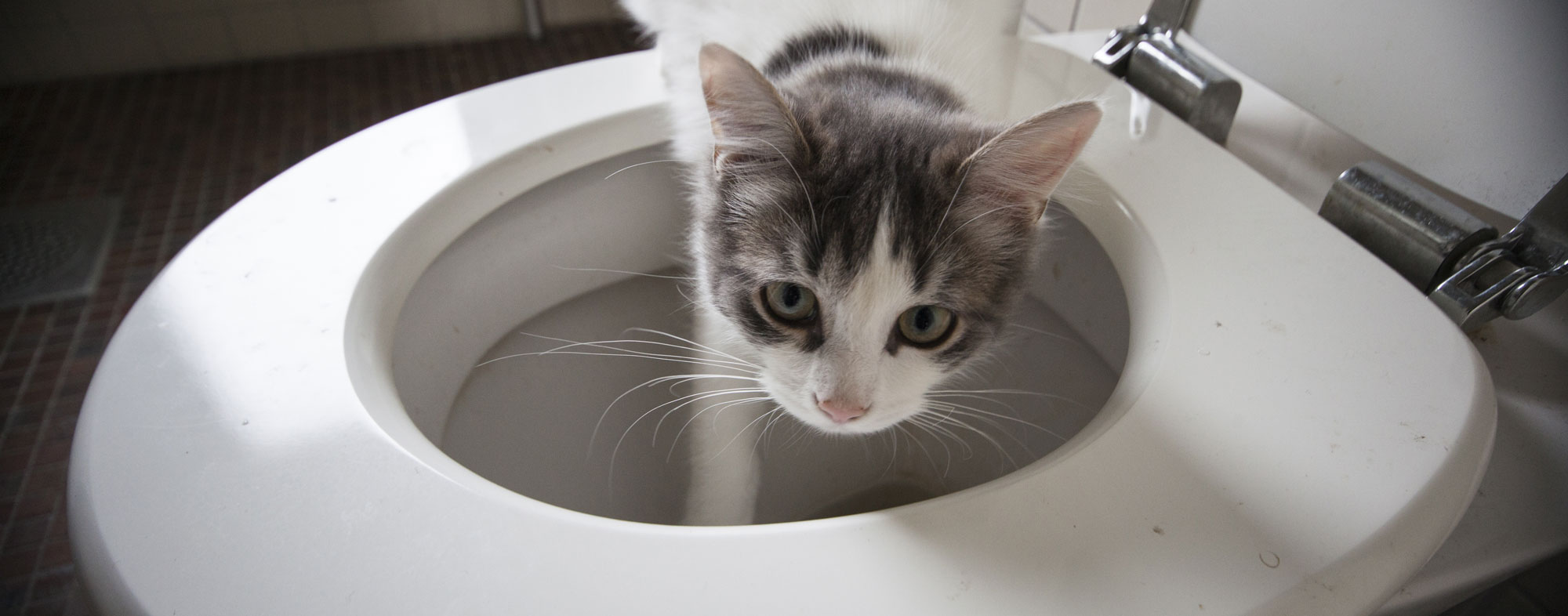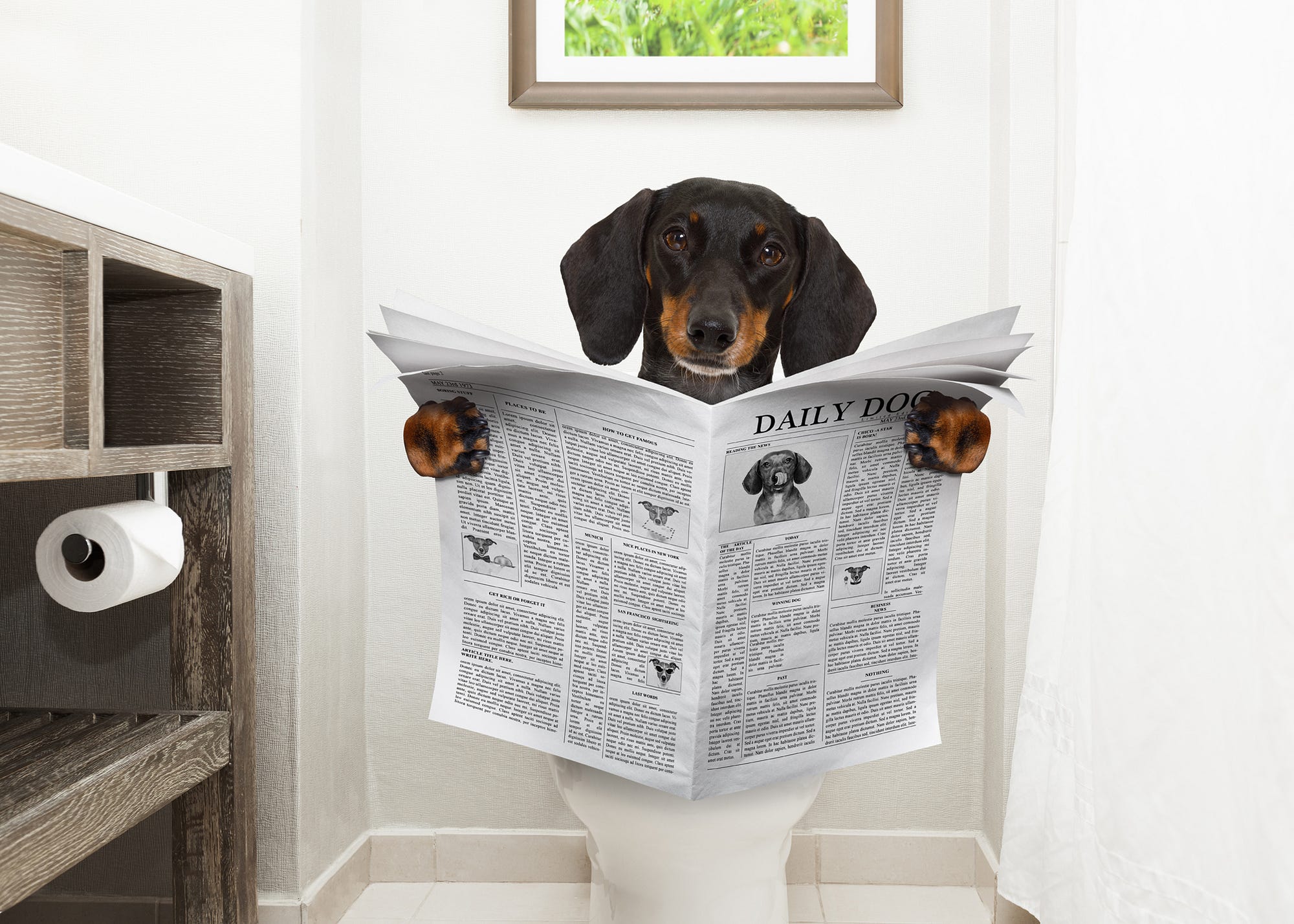Which Flushing Animal Waste Down the Toilet May be Harmful
Which Flushing Animal Waste Down the Toilet May be Harmful
Blog Article
We have encountered this article about Should you flush animal waste down the toilet down the page on the web and reckoned it made perfect sense to talk about it with you on this site.

When it comes to taking care of waste, specifically animal waste, many people typically consider the hassle-free option of flushing it down the toilet. Nevertheless, this apparently simple solution can have serious repercussions for the setting and public health. In this short article, we'll check out why flushing pet waste down the bathroom is a poor concept and give different techniques for correct disposal.
Introduction
Appropriate garbage disposal is vital for maintaining ecological sustainability and public health. While it may appear safe to purge animal waste down the bathroom, it can result in various concerns, both for the environment and human wellness.
Threats of flushing animal waste
Ecological effect
Purging animal waste presents harmful germs and microorganisms into waterways, which can adversely impact marine ecological communities. These pathogens can pollute water sources and injury aquatic life, interfering with delicate communities.
Public health worries
Pet waste consists of hazardous germs such as E. coli and Salmonella, which can position major health dangers to humans. Purging animal waste down the commode can infect water products, resulting in the spread of conditions and infections.
Alternatives to flushing
Instead of purging animal waste down the commode, there are a number of alternate disposal approaches that are much more environmentally friendly and hygienic.
Composting
Composting animal waste is an environmentally friendly way to deal with it. By composting, organic matter is broken down into nutrient-rich dirt, which can be made use of to fertilize gardens and plants.
Garbage dump disposal
Dealing with pet waste in a land fill is an additional choice. While not as environmentally friendly as composting, it is a more secure choice to flushing, as it avoids the contamination of water resources.
Pet garbage disposal systems
There are customized family pet garbage disposal systems readily available that securely and hygienically get rid of animal waste. These systems typically utilize enzymes to break down waste and get rid of odors.
Actions to correct animal garbage disposal
To guarantee appropriate disposal of animal waste, comply with these actions:
Scooping and landing waste
Routinely scoop and bag pet waste utilizing naturally degradable bags. This protects against waste from contaminating the setting.
Making use of designated waste containers
Dispose of bagged animal waste in assigned waste bins, such as garden compost bins or landfill containers. Prevent flushing it down the bathroom at all prices.
Cleansing can and family pet areas frequently
Regularly tidy litter boxes and animal areas to stop the buildup of waste and microorganisms. Use pet-safe cleaning items to maintain hygiene.
Benefits of appropriate disposal methods
Adopting proper disposal techniques for animal waste offers several advantages:
Reduced environmental pollution
Correct disposal methods reduce the threat of environmental pollution, protecting waterways and ecological communities from contamination
Decreased risk of water contamination.
By staying clear of flushing animal waste down the toilet, the threat of water contamination is dramatically reduced, protecting public health.
Boosted cleanliness and hygiene
Proper disposal approaches advertise far better cleanliness and hygiene, creating a more secure atmosphere for both people and pets.
Final thought
In conclusion, flushing pet waste down the bathroom is damaging to the environment and public health. By adopting different disposal approaches and following appropriate waste monitoring methods, we can decrease the negative impact of animal waste and contribute to a cleaner, much healthier world.
What To Do With Dog Poo – The Do's And Don'ts Of Disposing Of Faeces
Dog poo bins
Some councils provide dedicated dog waste bins in popular dog-walking areas that can take dog poo that has been bagged but you can legally dispose of dog waste in any public litter bin, as long as it is securely bagged. This also applies to your wheelie bin at home.
Do not flush
Water companies do not recommend flushing dog faeces down the toilet because certain parasites can survive the water processing treatment and are potentially harmful to humans. You should also never consider flushing dog poo that has been bagged down the toilet as the bags will not break down and instead create severe blockages in the sewage system.
In the woods
The Forestry Commission promotes a ‘stick and flick’ method for dealing with waste in the woods. This means finding a stick and using it to flick any poo from off the path so that it is out of the way of other walkers. You could also bury it as long as it is not in an area where there might be livestock.
Livestock
Parasites found in dog poo can be transmitted to livestock if they inadvertently eat infected faeces that has been left on grazing land. This could result in the death of sheep or abortion in cattle so you should always make sure you pick up your dog’s waste in fields where livestock could be present.

Regularly tidy litter boxes and animal areas to stop the buildup of waste and microorganisms. Use pet-safe cleaning items to maintain hygiene.
Benefits of appropriate disposal methods
Adopting proper disposal techniques for animal waste offers several advantages:
Reduced environmental pollution
Correct disposal methods reduce the threat of environmental pollution, protecting waterways and ecological communities from contamination
Decreased risk of water contamination.
By staying clear of flushing animal waste down the toilet, the threat of water contamination is dramatically reduced, protecting public health.
Boosted cleanliness and hygiene
Proper disposal approaches advertise far better cleanliness and hygiene, creating a more secure atmosphere for both people and pets.
Final thought
In conclusion, flushing pet waste down the bathroom is damaging to the environment and public health. By adopting different disposal approaches and following appropriate waste monitoring methods, we can decrease the negative impact of animal waste and contribute to a cleaner, much healthier world.
What To Do With Dog Poo – The Do's And Don'ts Of Disposing Of Faeces
Dog poo bins
Some councils provide dedicated dog waste bins in popular dog-walking areas that can take dog poo that has been bagged but you can legally dispose of dog waste in any public litter bin, as long as it is securely bagged. This also applies to your wheelie bin at home.
Do not flush
Water companies do not recommend flushing dog faeces down the toilet because certain parasites can survive the water processing treatment and are potentially harmful to humans. You should also never consider flushing dog poo that has been bagged down the toilet as the bags will not break down and instead create severe blockages in the sewage system.
In the woods
The Forestry Commission promotes a ‘stick and flick’ method for dealing with waste in the woods. This means finding a stick and using it to flick any poo from off the path so that it is out of the way of other walkers. You could also bury it as long as it is not in an area where there might be livestock.
Livestock
Parasites found in dog poo can be transmitted to livestock if they inadvertently eat infected faeces that has been left on grazing land. This could result in the death of sheep or abortion in cattle so you should always make sure you pick up your dog’s waste in fields where livestock could be present.

I recently found that page on when doing a lookup on the search engines. Are you aware of somebody who is truly interested in the topic? Please feel free to promote it. I praise you for your time. Return soon.
Website Report this page